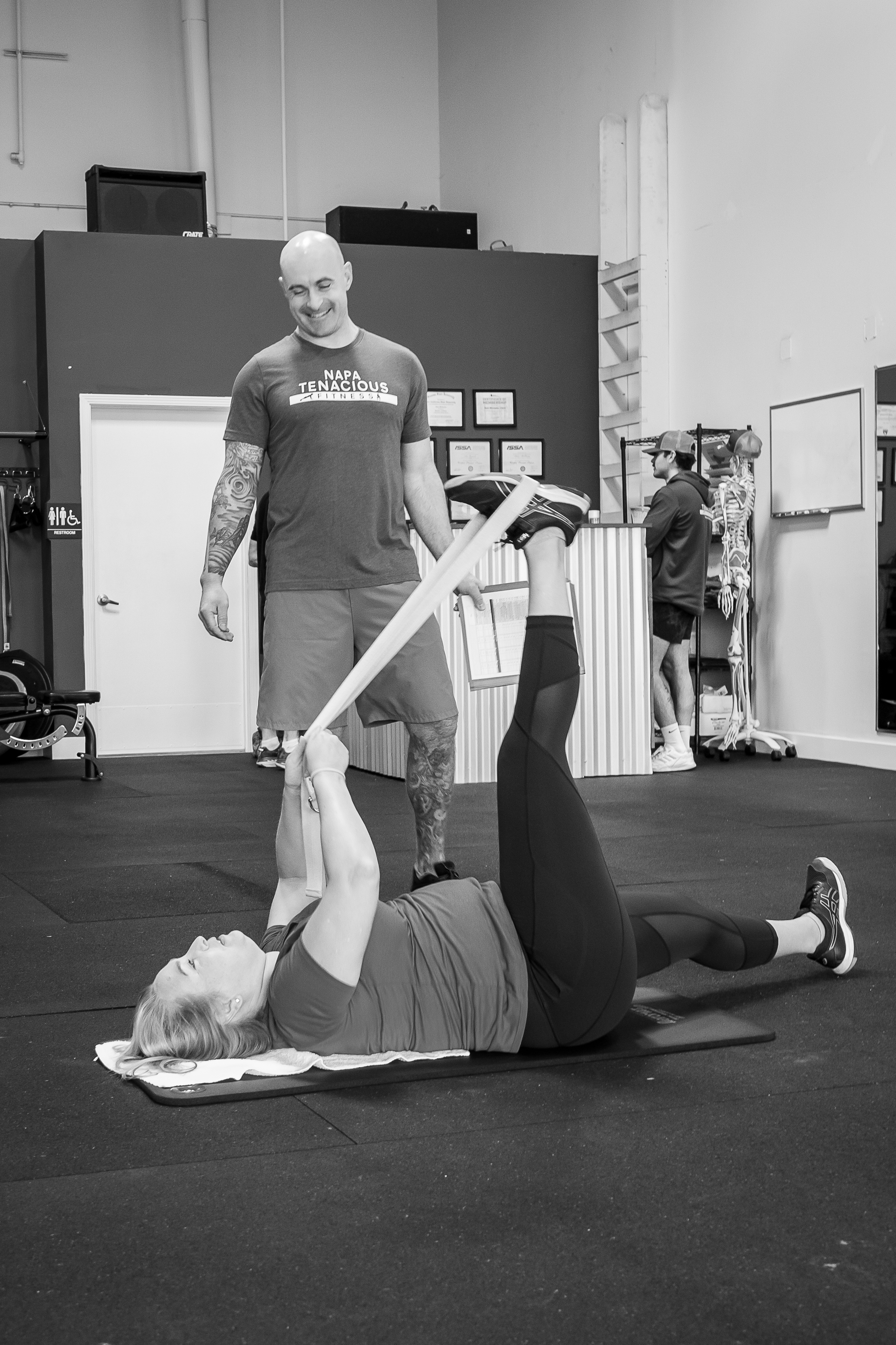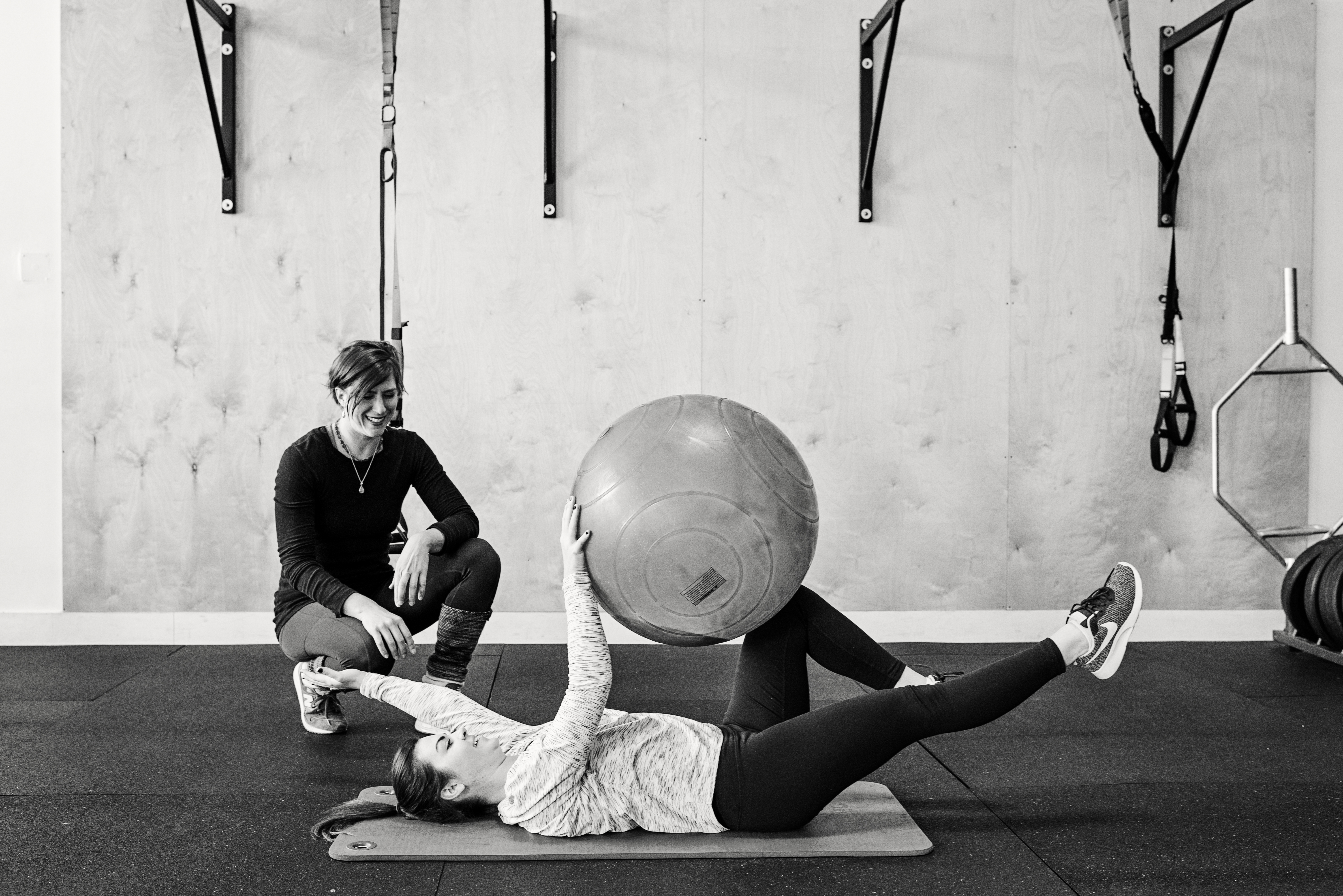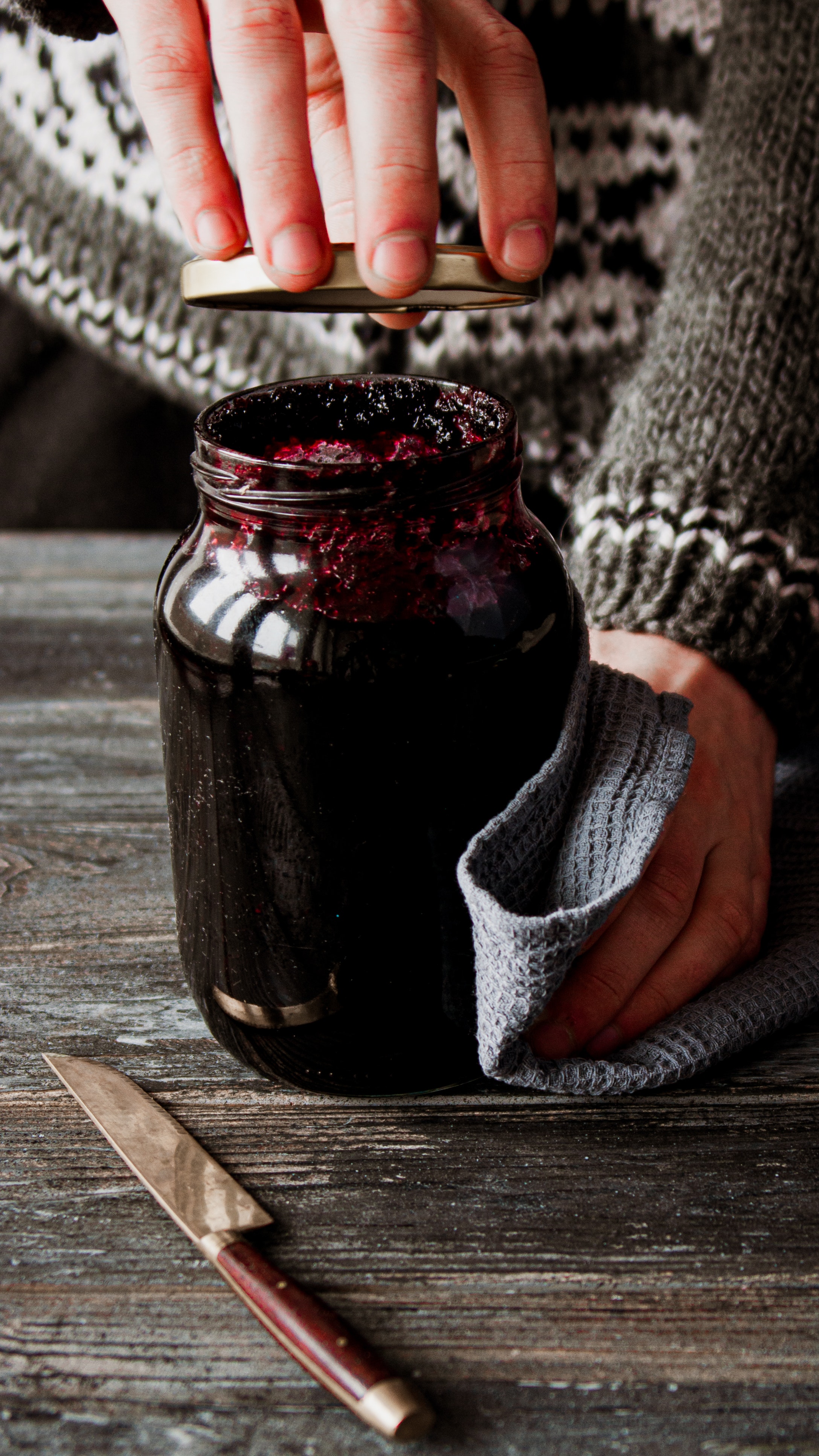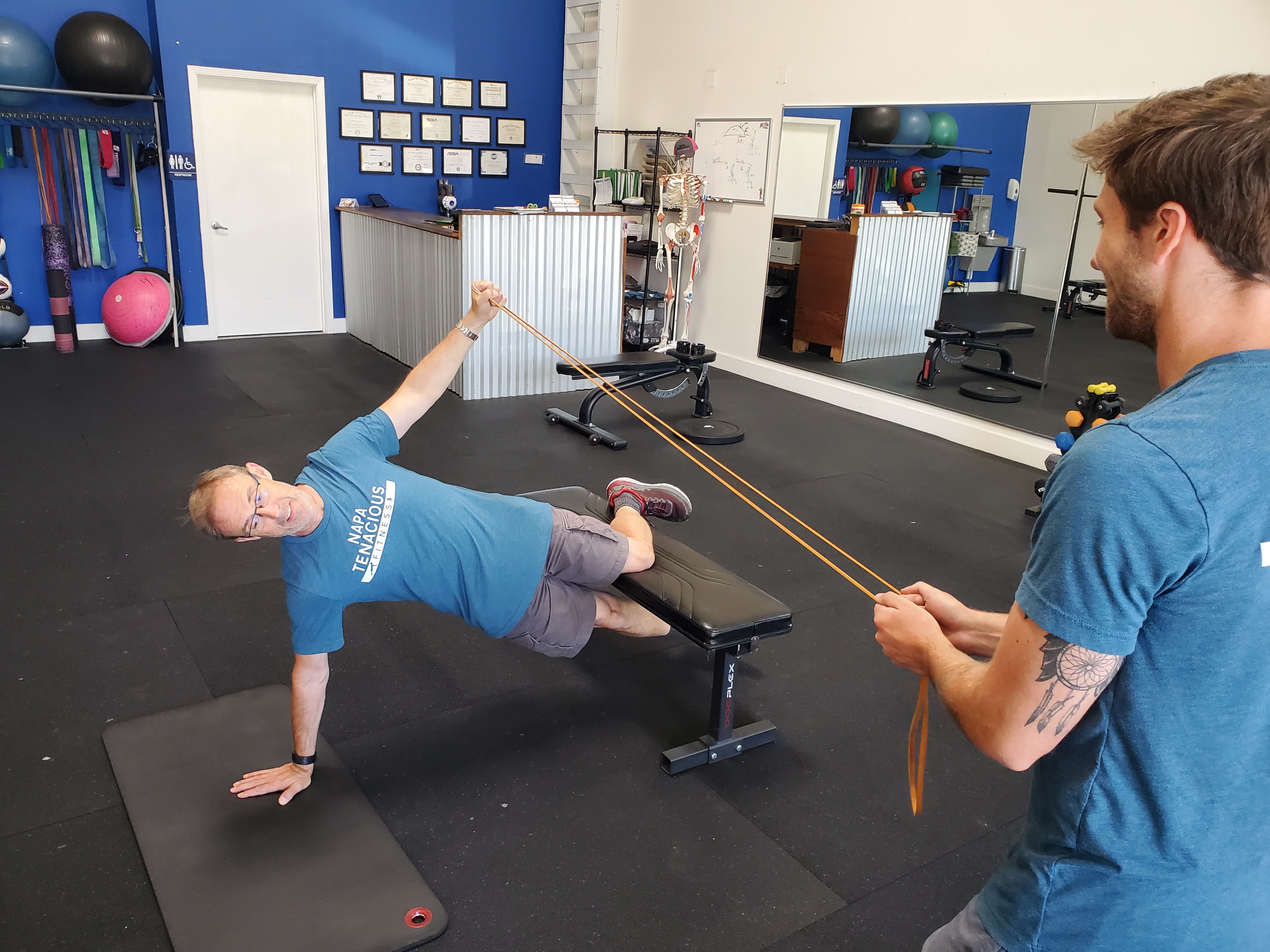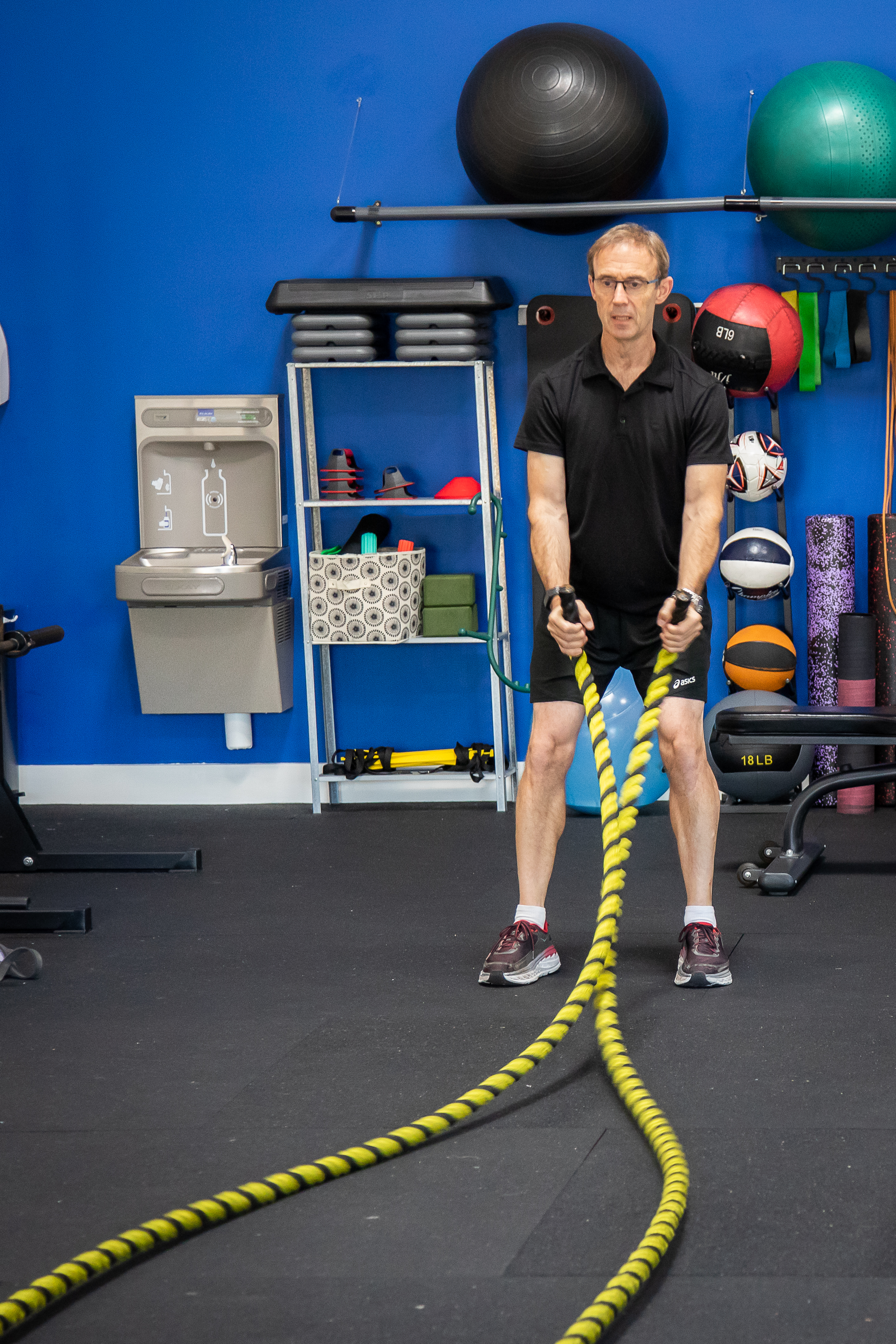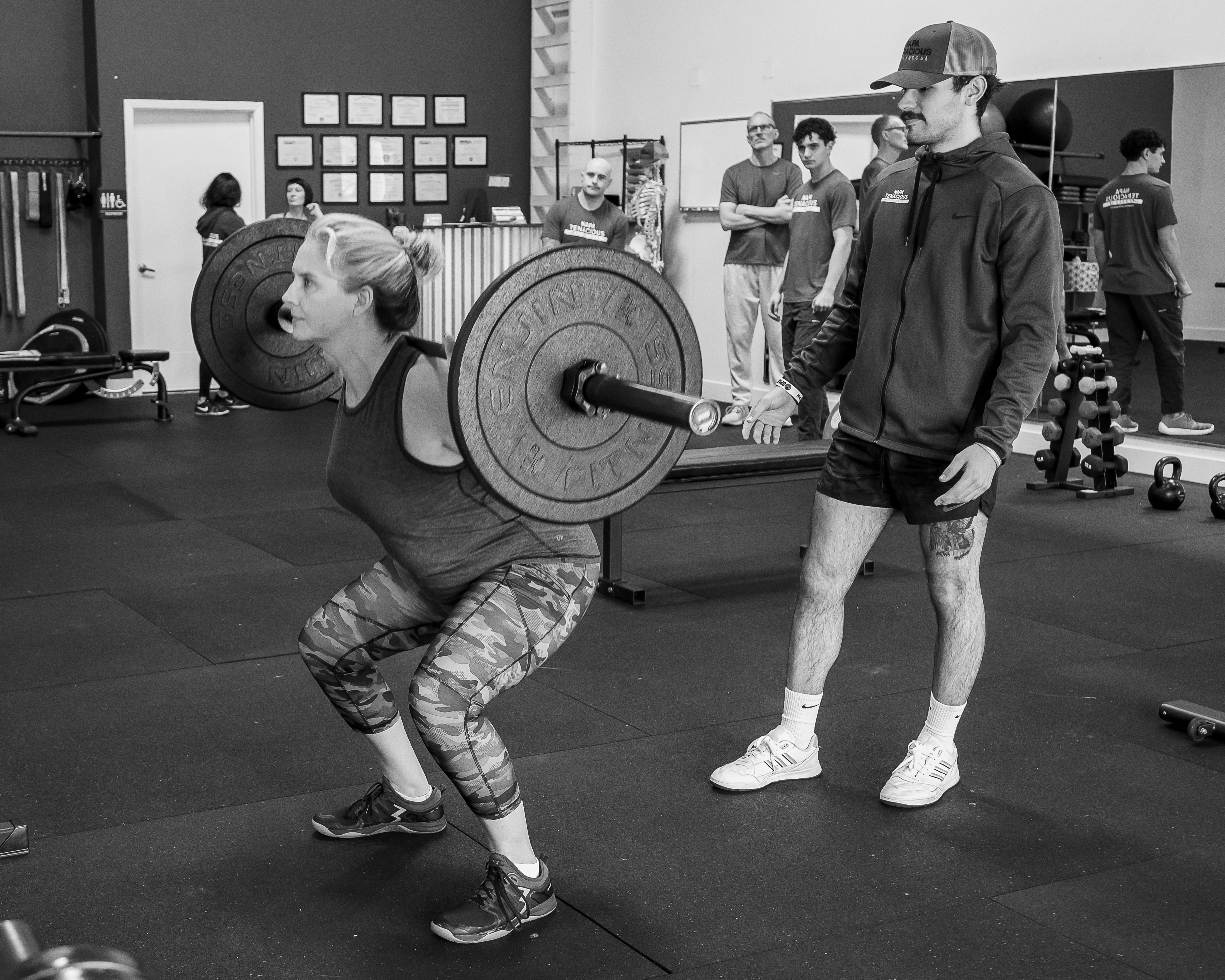Weeds. Once described to me by a dear friend and mentor as “something in which its intrinsic value has not yet to be discovered.” Seeing as both my back and front yards quickly became overwhelmed with wild weeds that sprouted and proliferated, I fully-heartedly agreed with this statement. If I happened to be a deer that enjoyed munching on wild foliage throughout a forest in my natural habitat, then perhaps I could find some value in a fifty-square-foot area of weeds. However, I am not a deer. I’m a human. And, I’m not so sure weeds taste that great or would benefit my digestive system. So, I have no need for weeds. This led to project “weed abatement”.
Instead of mowing my weeds down once a week or spraying them with a vile weed-killing substance, I researched alternative methods to mitigate the psychological and emotional effects the mundane task of weed management had on me. Waking up on a weekend morning to rifle through my shed to pull out my lawn mower, getting powder debris of plant matter on my skin and in my eyes, and sweating profusely wasn’t on the top of the list after a long work week. I’d much rather sit inside for a few hours and look at the inside of my house that I had only seen early in the morning and the last remaining hours at dinner time before I ventured into dreamland. As a solution, I discovered that covering my weeds with wood chips would naturally suppress their urge to propagate. Instead of waging chemical warfare on mechanically slicing their leaves to see the weeds regrow to their normal length next week, I could remove the very source that encourages them to grow: the sun. This meant I had to remove their origin of photosynthesis by putting down used cardboard and covering the area with a copious amount of wood chips. The best part is that the supplies were the right price, free.
After an inquiry to freechipdrop.com, I had a dump truck’s worth of wood chips in my parking lot in a few days. A daunting and powerful spectacle, that pile of wood chips resembled a substantial amount of work on my end. I grabbed my metal rake, wheelbarrow, and flathead shovel. It was time to start scooping, wheeling, and spreading the chips to cover the colony of weeds that had hindered my relaxing Sundays. After hours of filling my wheelbarrow up and traveling to the next destination of the weed patch to disperse chips, I noticed I had made a tiny dent in my pile. I saw what an hours work could do to this pile. I observed the pile decrease in surface area by reducing the height and radius of how much ground it covered. This project would take a few days of hour-long labor intervals to complete.
Fortunately, I had a friend who offered their help in this project. Thank goodness for friends. I told him that if we simply met for one hour twice weekly, we could knock out this pile. That meant I had two hours of labor to invest into this pile twice weekly. Over two weeks my buddy and I produced eight hours of shoveling, wheelbarrow usage, and raking. Before we knew it, the pile was gone, and I had a driveway to park my car in. Most importantly, I succeeded in snuffing out those worthless weeds.
A noteworthy observation was how setting appointments with realistic and manageable time frames to get things done accelerated the completion of my project. A small mountain’s worth of wood chips can be intimidating and challenging to motivate oneself to grab a shovel and start moving the pile. One scoop full doesn’t seem like a lot. However, an hour’s worth of shoveling equates to quite a lot of progress.
This experience led me to think about the progress our personal training clients can make in their fitness goals when initially making the decision to motivate and dedicate themselves to a fitness program. Whether it be a package of ten small group fitness classes or making a more significant investment to sign up for three to six months’ worth of fitness classes with a private personal training facility, Yoga, or Pilates studio, it’s challenging to see the needle move toward making progress. Losing weight, gaining strength, or decreasing pain doesn’t happen overnight. Like my enormous pile of wood chips, it takes planning and time to progress and achieve fitness goals. Fitness adaptations can only be seen if we consistently practice adhering to weekly exercise sessions.
It’s amazing how much can get done if we invest small increments of time into projects and goals. Sometimes, things don’t happen immediately. However, if we plan our strategy and make weekly appointments to accomplish tasks, we can see incremental progress until the job is complete.
Sean McCawley, the founder and owner of Napa Tenacious Fitness in Napa, CA, welcomes questions and comments. Reach him at 707-287-2727, napatenacious@gmail.com, or visit the website napatenaciousfitness.com.



